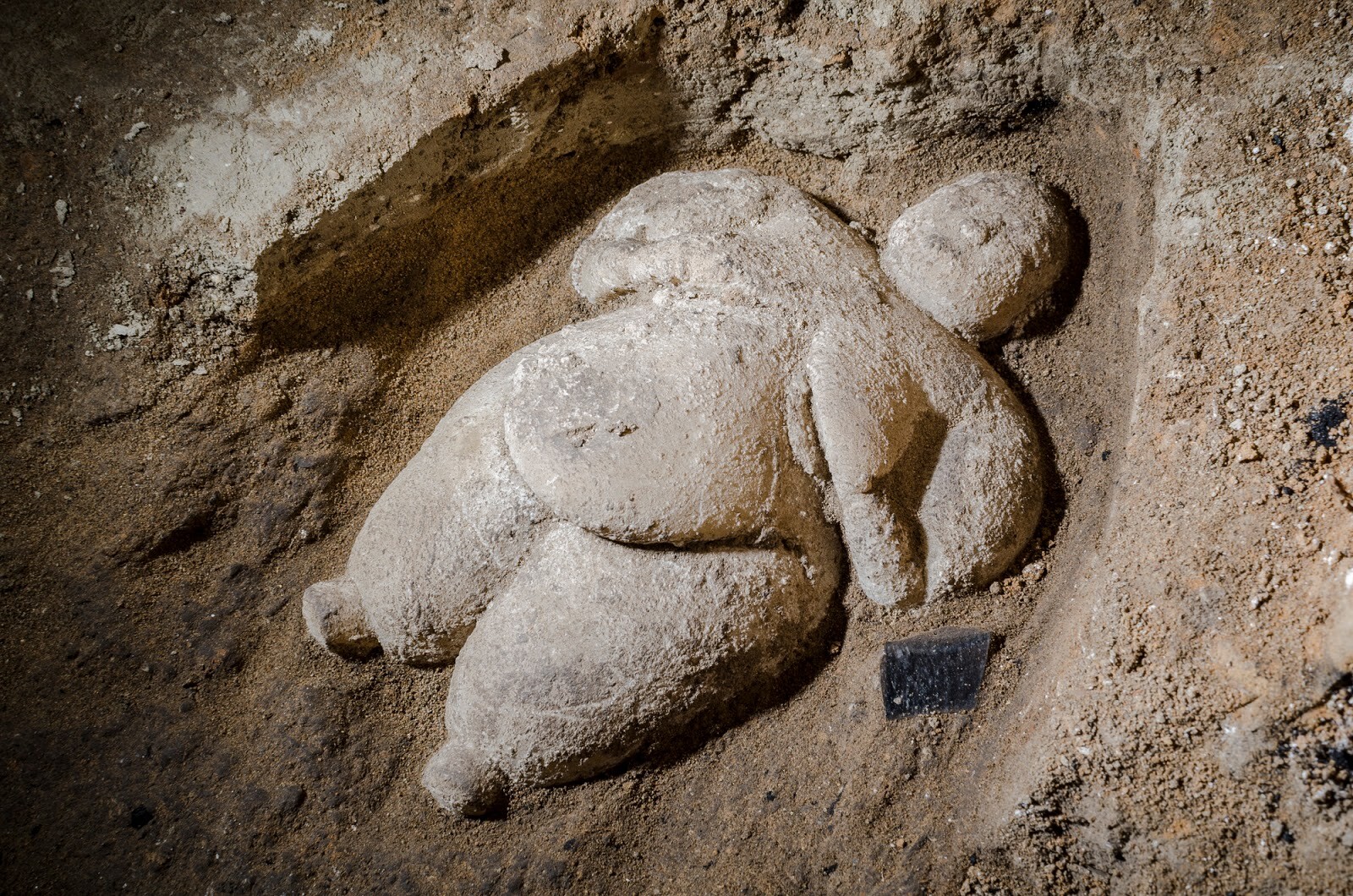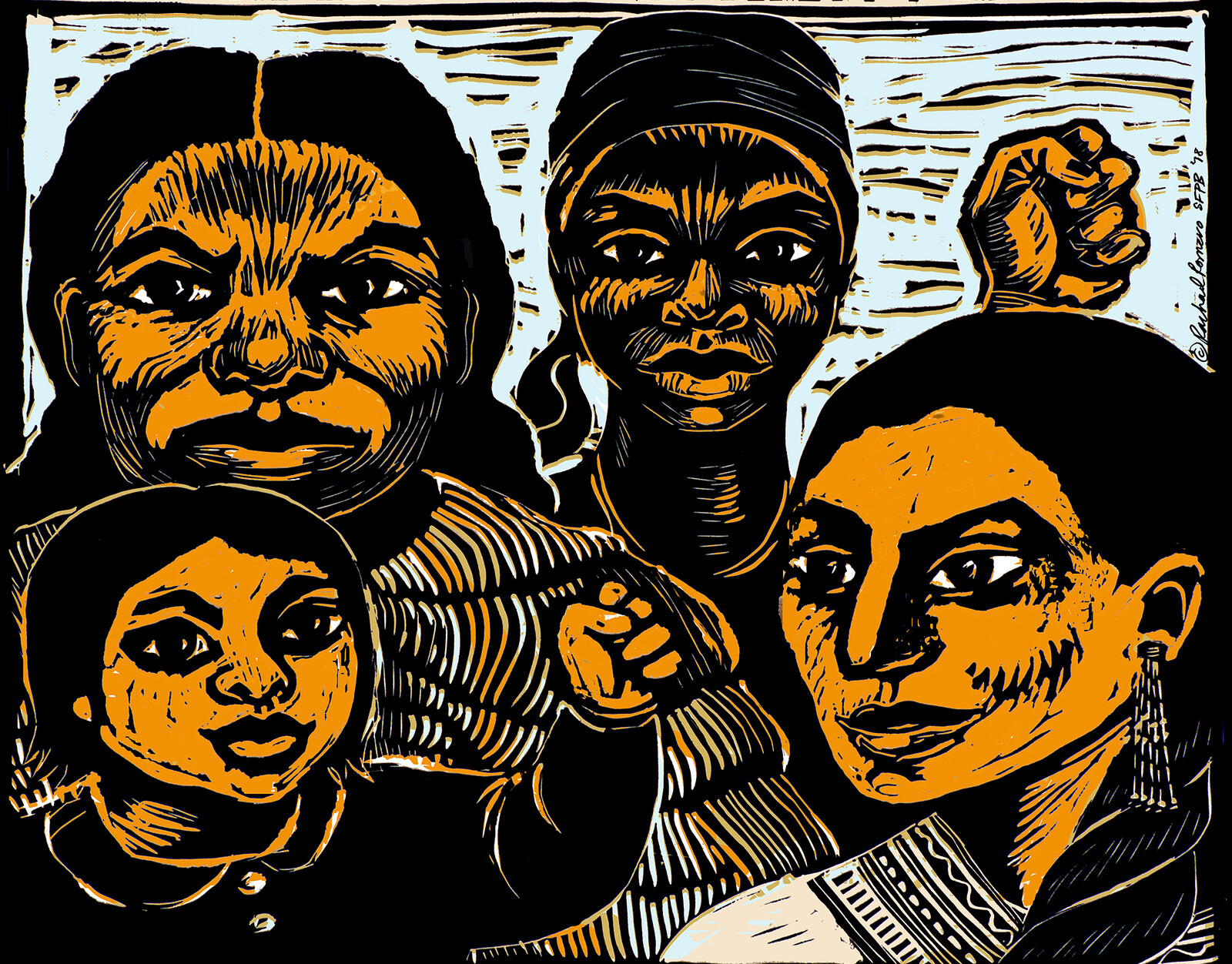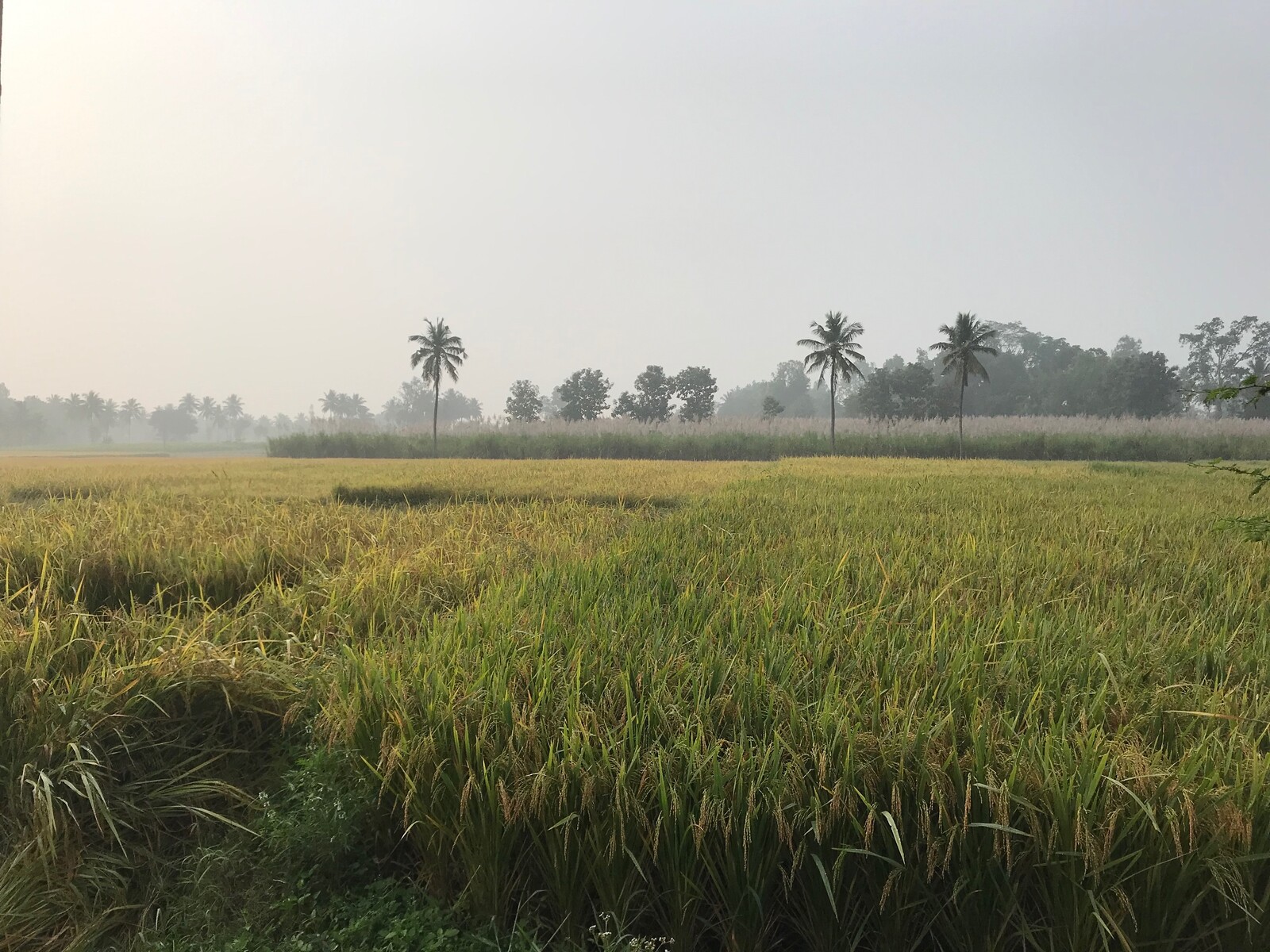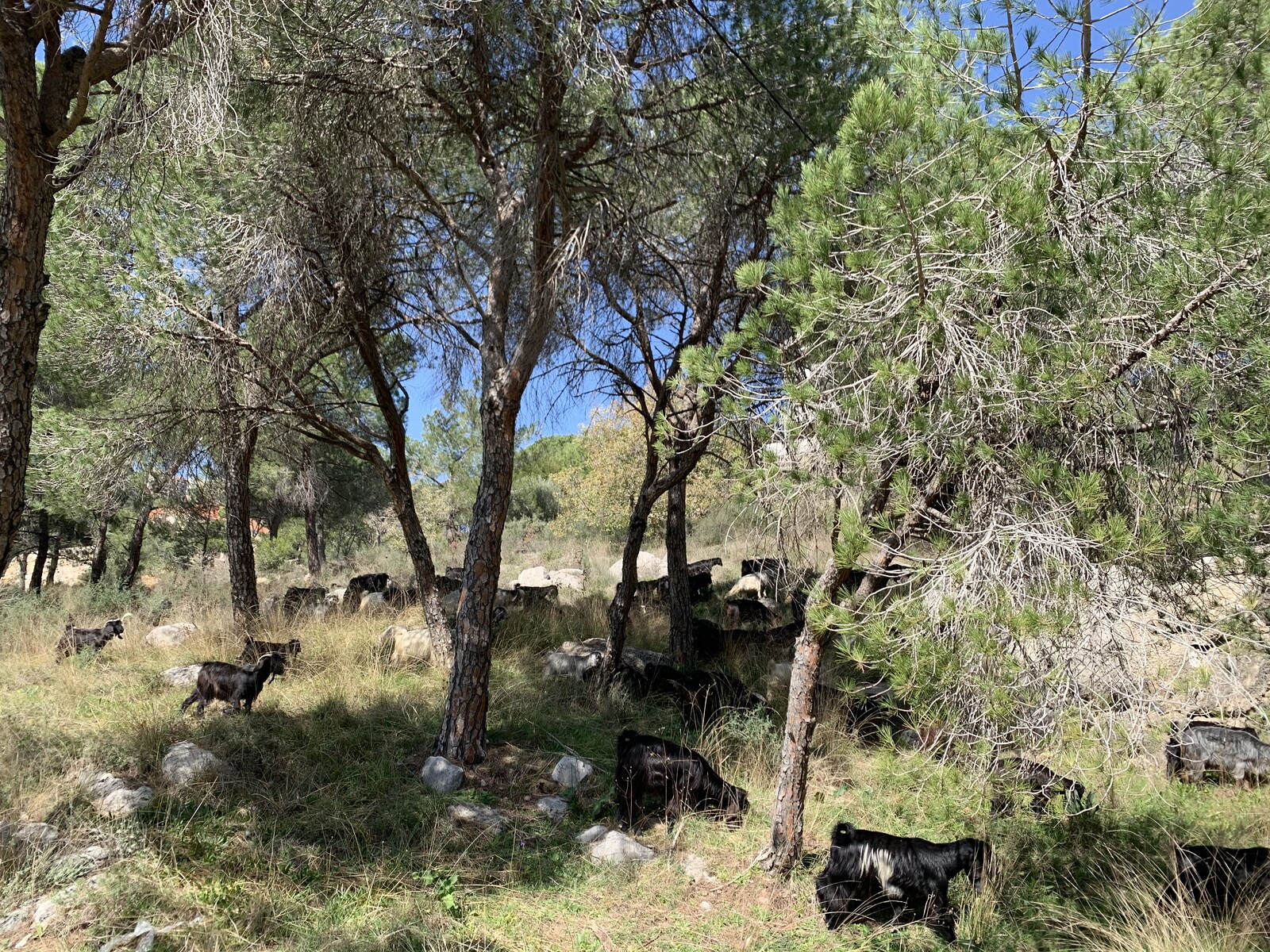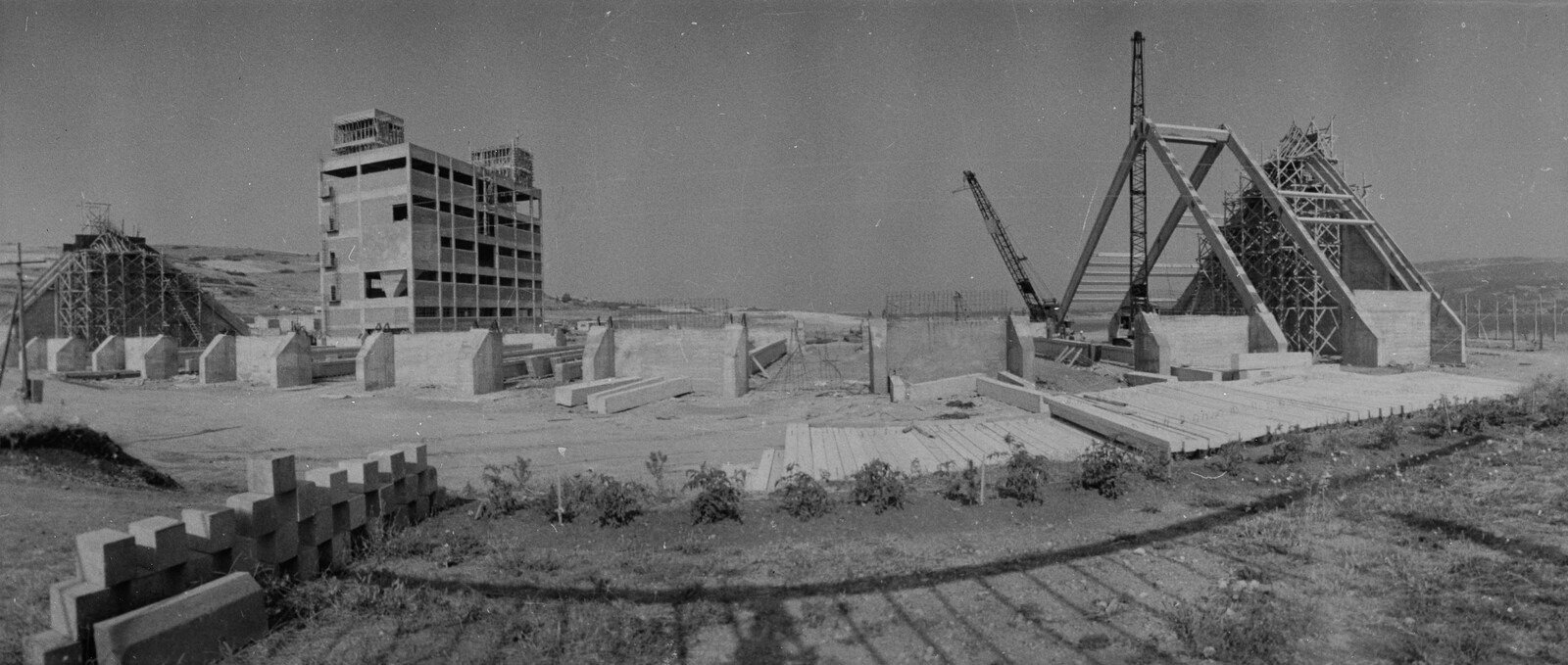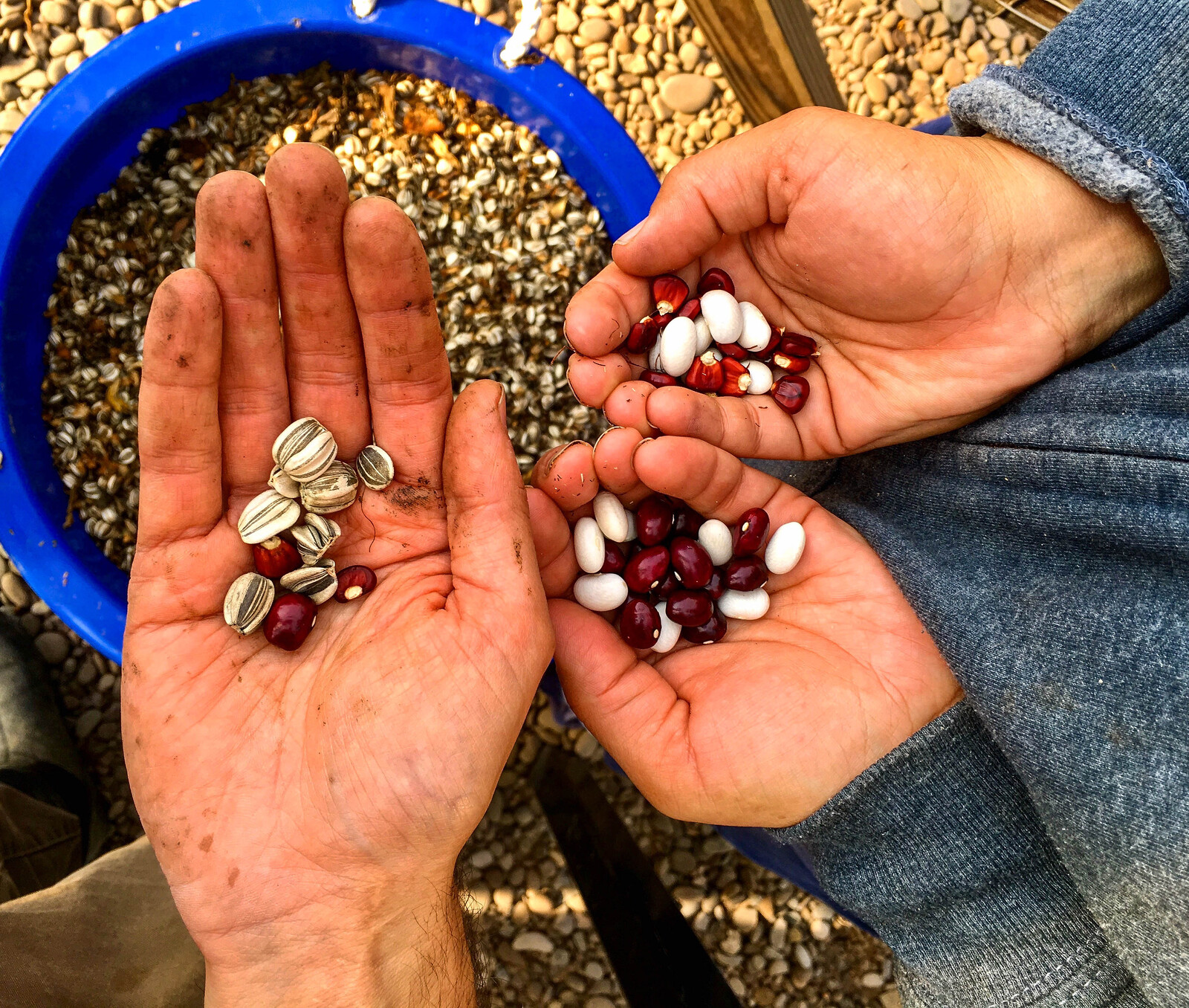Exhausted is a collaboration between SALT and e-flux Architecture within the context of CLIMAVORE: Seasons Made to Drift, a new solo exhibition by Cooking Sections at SALT Beyoğlu, Istanbul. The essay series features contributions by Elizabeth Hoover, Onur İnal, Calvin Po, Sharmila Rudrappa, Rickie Solinger, and Rami Zurayk.
Over millennia human productivity has been strongly tied to the ability to reproduce: working the land, while raising children. Productivity and reproduction had to grow hand in hand with (forced) agricultural, or later, industrial work. While extractive practices are one of the main drivers to the unprecedented environmental transformation of the planet—most evident in climate change, biodiversity loss, and the emission of greenhouse gases—the bodies that inhabit it, and its soils, are also becoming infertile. Globally, men’s fertility rates are falling 1.4% on average every year.1
Once part of the so-called Fertile Crescent, Turkey has positioned itself as a world-leading destination for reproductive tourism. Istanbul has become a booming hub for IVF and other Assisted Reproduction Technologies (ARTs).2 Over the last two decades, reproductive clinics in the country have doubled, placing Turkey as one of the leading destinations for ARTs in the Middle East and beyond. Once perceived as the birthplace of agriculture and sedentary societies, even the “Fertile Crescent” is becoming less and less fertile.
Since the Neolithic era, the visual representation of fertile bodies and fertile soil has been inseparable, with one giving meaning to the other as entangled forms of life. The transition from nomadic hunter-gathering to agriculture is conventionally described as a linear episode of “human development.” But archaeological evidence of ancient settlements in Anatolia and the Caucasian steppes perhaps demonstrate the opposite.3 Neolithic farming communities, especially in the so-called Fertile Crescent—a term coined in 1914 by US Orientalist archaeologist James Henry Breasted—quickly expanded and spread to alluvial bottomlands at the expense of nonsedentary inhabitants.
In virtually all early agricultural settings, the superiority of farming (over nonsedentary peoples) was underwritten by an elaborate mythology recounting how a powerful god or goddess entrusted the sacred grain to a chosen people. These beliefs were represented in ceramic figurines, everyday artifacts that have been (mis)interpreted by archeologists as vehicles to link the veneration of fertility Mother Goddesses and fruitful lands with virility, femininity, and abundance.
In the excavation site of Çatalhöyük in Anatolia, for instance, which at the time of its discovery in the late 1950s was the oldest city ever known, figurines were initially thought to be Mother Goddesses.4 Recent work has dismantled the theory of these figurines as reproductive bodies associated with fertility, instead positing them as earthly, elderly, and powerful women in a gender-equal community, whose bodies convey accumulation of wisdom and continued prosperity.5 And the social structure these figures came from was not based on the nuclear family, but on collective groups that were most likely matrilineal, matrilocal, and matrifocal.6 Neolithic people in central Anatolia might neither have conceptualized their spiritual world populated by anthropomorphic entities called gods, nor even needed a Mother Goddess.7
Millennia later, industrialization demanded a larger population to work, toil, and serve, which in turn required even more fertile ground to feed them. The tremendous effort to industrialize and upscale agriculture during the twentieth century to extract higher yield and profit from soils in the guise of feeding the world is profoundly marked by the discovery and manufacture of synthetic ammonia in 1908. Based on the Haber-Bosch method, later scaled up by BASF in Germany, synthetic ammonia gave birth to the international fertilizer trade, and ultimately, the overfertilization of soils worldwide. This inaugurated a new era of outlandish amounts of fractured chemicals—nitrogen, potassium, calcium, PCBs, DDTs, and glyphosates—flowing all over the world, through the ground, rivers, oceans, human and more-than-human bodies. They have eventually become endocrine disruptors, affecting sex and reproduction of species along trophic cascades in unprecedented ways.
From the Haber-Bosch process to the so-called Green Revolution, billions of people have been fed, while millions have also died in wars derived from food conflicts, starvation, waves of farmer suicides, and a torrent of environmental changes, largely impacted by fertilizer run-off, pesticide contamination, water scarcity, and algal blooms.8 More than a century after its invention, the overuse of fertilizer has proved to be a major contributor to world-wide soil deterioration through acidification, partly due to the side-effects of nitrogen, phosphates, and ammonia dependencies. These dependencies are entangled with a series of modern infrastructures, agrochemical facilities, modern wheats, modern pests, genetically modified crops, human-made famines, and agricultural trade fairs. They have also been coupled with heteropatriarchal “modern” family models to enhance the nation’s fertility, and are now collapsing under imminent and continuous soil and bodily exhaustion. Rather than humans domesticating grain, it seems all these modern technologies eventually domesticated humans, as bodies more and more struggle to reproduce, should they want to.
Hagai Levine et al., “Temporal trends in sperm count: a systematic review and meta-regression analysis,” Human Reproduction Update 23 (2017): 646–659.
Zeynep B. Gürtin, “Patriarchal Pronatalism: Islam, secularism and the conjugal confines of Turkey’s IVF boom,” Reproductive BioMedicine and Society Online 2 (2016): 39–46.
James Scott, Against the Grain: A Deep History of the Earliest States (New Haven: Yale University Press, 2017).
James Mellaart, Çatal Hüyük: A Neolithic Town in Anatolia (New York: McGraw-Hill, 1967).
Ian Hodder and Lynn Meskell, “The symbolism of Çatalhöyük in its regional context,” in Religion in the Emergence of Civilization, ed. Ian Hodder (Cambridge: Cambridge University Press, 2010).
Marija Gimbutas, The Language of the Goddess: Unearthing the Hidden Symbols of Western Civilization (London: Thames and Hudson, 2001).
Lynn E. Roller, In Search of God The Mother: The Cult of Anatolian Cybele (Berkeley: University of California Press, 1999).
Jan Willem Erisman et al., “How a century of ammonia synthesis changed the world,” Nature Geoscience 1, no. 10 (2008): 636–639.
Exhausted is a collaboration between SALT and e-flux Architecture, supported by L’internationale and the Prince Claus Fund.
